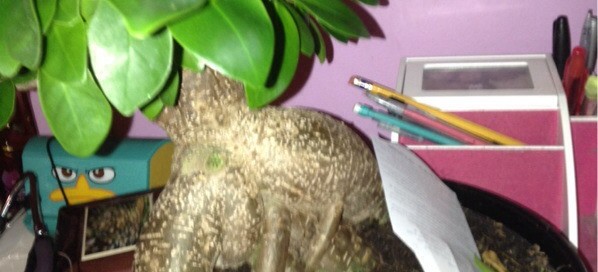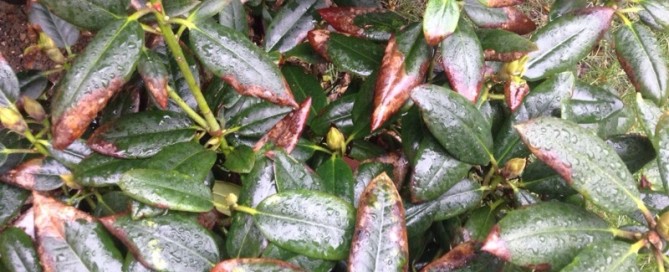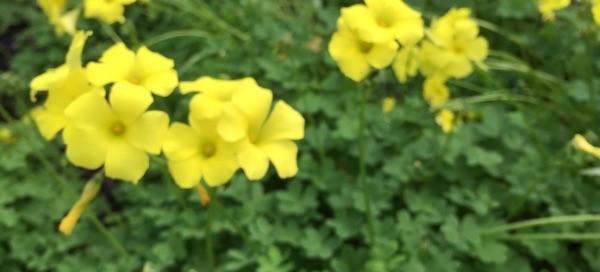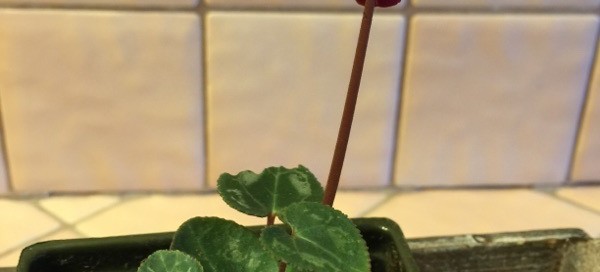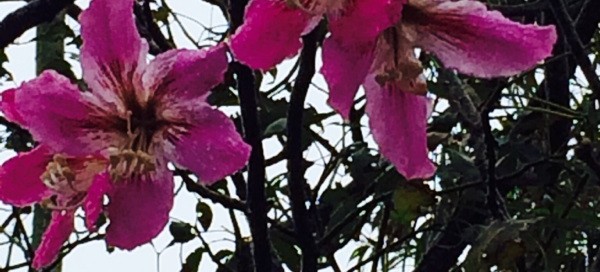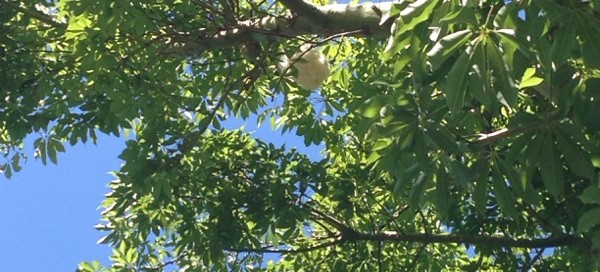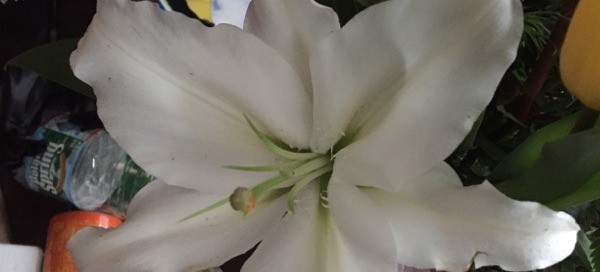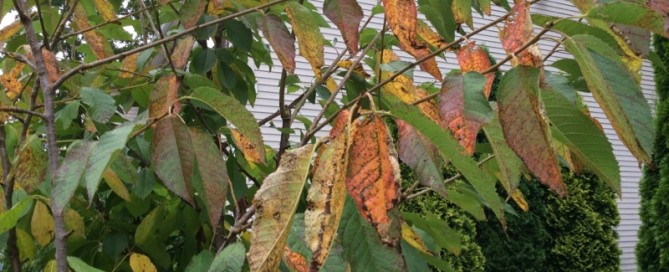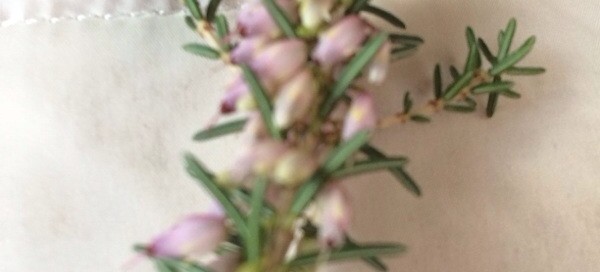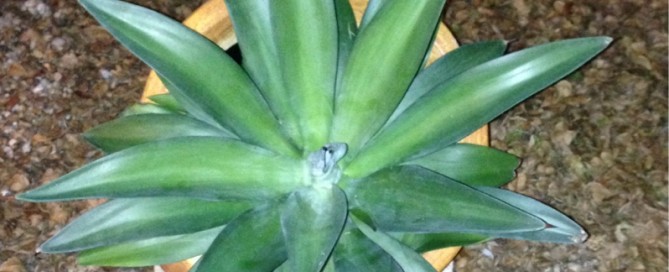Ginseng Ficus Bonsai
Your plant likely belongs to the Ficus genus, possibly F. microcarpa also known as F. retusa. Ficus are known for their dramatic roots that survive above ground resembling bulbous structures. It makes an ideal houseplant/bonsai provided there is bright indirect light, regular water, and a slow release fertilizer. Make sure the plant does not sit in water because this may lead to root rot. Out in the patio where winters are mild and where there is filtered light is also fine. Feed with a water soluble organic or slow-release fertilizer formulated for container plants at 1/2 the recommended dilution rate during its growth cycle. Again, make sure you water in the sink and allow to drain out completely before returning to the decorative outer pot.
